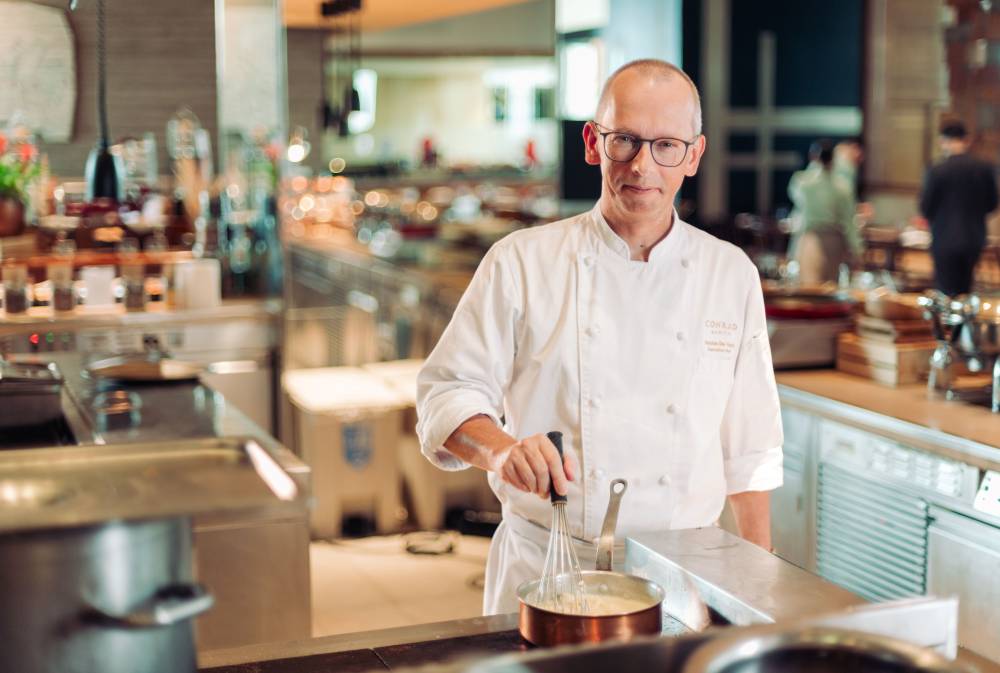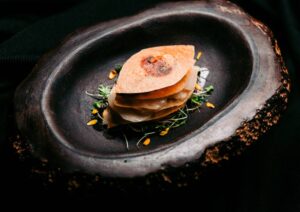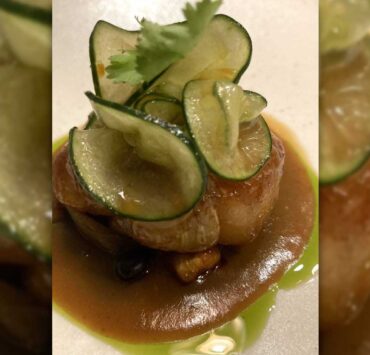Michelin dreams and the changing landscape of fine dining

The impressive résumé of Nicolas de Visch, Conrad Manila’s new executive chef, immediately highlights his extensive experience working alongside Michelin-starred chefs and in famous Michelin-starred restaurants. This background naturally sparks curiosity, especially considering the heightened anticipation surrounding the Michelin Guide’s arrival in the Philippines.
The Department of Tourism has actively explored the possibility of the Philippines’ restaurants receiving coveted Michelin stars. Notably, as reported by the New York Times, the publication of Michelin Guides in Thailand, South Korea, Hong Kong, and Singapore was facilitated by financial support from their respective local tourism authorities.
However, the decision to launch a Michelin Guide in a specific region rests solely with the company’s inspectors, who conduct a preliminary assessment of the local culinary scene’s “maturity” and “vibrancy.”
To provide context to his vast experience, De Visch sheds light on the stark contrast between the working conditions of fine dining restaurants in the ’80s and early ’90s and those of today. “The kitchen was a violent environment, and the competition was fierce,” he recalls. “The chef was the uncontested master within the kitchen. When he entered the area, silence was expected. The only words you would hear from other people would be, ‘Oui, chef,’ in response to an order arriving in the kitchen. If you had the audacity not to answer, your chef de partie would come behind you and strike you. I had pots and pans thrown at me when I was younger. This was food that was deemed improper, as the chef would decide what was appropriate to serve.”
Whether it’s at Le Prince de Liège in Belgium or the humble Hill Street Tai Hwa Pork Noodle in Singapore, the anonymous Michelin inspectors focus on the fundamental elements of exceptional cuisine: the quality of the ingredients, the precise execution of flavors, and the consistency of the dishes.
“If you don’t have quality ingredients on your plate, they aren’t even going to consider you,” says De Visch. “You cannot afford to have one bad day. The entire team must be dedicated to working in the same direction. We routinely worked 15 to 17 hours daily.”

Chaotic kitchens
De Visch’s culinary career began with Claude Garin at Le Prince de Liège in Gembloux, Belgium, a one-Michelin-star restaurant. He further honed his skills under the tutelage of culinary luminaries such as Jean-Pierre Bruneau in Belgium and Georges Blanc in Vonnas, France, both with three-Michelin-starred establishments. He also worked with Attilio Basso at Ecailler du Palais Royal and Yves Mattagne, both with two-Michelin-starred restaurants in Brussels.
In these prestigious kitchens, De Visch was exposed to ingredients that were “out of this world,” including the majestic 8-kilogram turbot, known as the “King of Fish,” Beluga caviar from Iran’s Black Sea before the embargo, and the langoustines and red mullet from the Atlantic Ocean.
“Thirty-five years ago, we weren’t using Wagyu,” he notes. “We had the perfect beef in Europe, Pauillac lamb raised in the salt marshes of southwest France, and fantastic cheeses.”
In those days, chefs wore the traditional white uniform and toque, while tuxedoed waiters presented dishes on silver trays with matching cloches and silverware. The plates were exclusively crafted from Limoges porcelain. Meat and sea bass with sea salt crust were carved in front of the guests, adding a theatrical element to the dining experience.
“Nowadays, chefs have become the owners of their plates,” observes De Visch. “It’s common to see them going to the table to finish the dish in front of the guests and explain the product and where it is sourced.”
He notes that Michelin-starred chefs possess a distinct vision and dedicate countless hours to their craft. They are naturally curious, constantly traveling to discover unique ingredients. They are fearless in creating new dishes, serving them with confidence in their culinary creations.
“They are surrounded by an amazing team of the right people, individuals who share the same mindset of hard work, drive, and achievement,” says De Visch.
In his hotel career, De Visch has embraced a more modern approach, leaving behind the rigid formalities of the past. “The chaotic kitchen environment, often glamorized by shows such as ‘Hell’s Kitchen’ and the movie ‘Boiling Point,’ has significantly calmed down,” he says. “This is a positive development. Our industry needs people; without new hands and talent, we’ll face staffing shortages. We can no longer attract talent with a culture of aggression. We had to change, and believe me, I’ve changed a lot, because there was no other option.”

Healthy breakfast
De Visch transitioned to the hotel industry, contributing to various hotel brands and participating in preopening projects. As the executive chef of Conrad Manila, he is diligently revamping the menus to cater to the palates of Filipino diners.
The breakfast buffet received immediate attention, recognizing the importance of the first meal of the day. “Everybody in the Philippines loves bread and pastries, so I have increased the variety and quantity of bread and pastries,” he explains.
He has also introduced a healthy line featuring sourdough bread baked in-house, superfoods such as spirulina, goji berries, coconut yogurt for those with lactose intolerance, whey protein, and a wider selection of fruits and derivatives, such as jackfruit seed compote.
The lunch and dinner buffets, as well as banquet menus, are under development. However, the lunch menu at Brasserie on 3 already showcases unique dishes. The guava salad, while incorporating mango and tomatoes, highlights the guava as the star ingredient. “We concentrate on minimal seasoning—onions, garlic, olive oil, salt, and pepper,” says De Visch.
The live noodle soup station is a popular feature, offering recipes such as bulalo, laksa, tom yum, and kimchi jjigae. The lamb rogan josh at the carving station is prepared by a chef with experience in the United Arab Emirates, while an Indian chef prepares the authentic Indian cuisine.
To enhance the guest experience, desserts can be finished in front of the diners. De Visch envisions an oven in the pastry section of the buffet, allowing chefs to prepare fresh fruit crumbles topped with vanilla ice cream.
Plans are underway to offer options for diabetics, vegans, and those with gluten intolerance, and more live stations where chefs can interact with guests, explaining the preparation of their dishes.
De Visch also plans to revive the chef’s table, an intimate dining experience that allows guests to connect with the chef’s craft through a custom menu, special dishes, and kitchen insights.

















